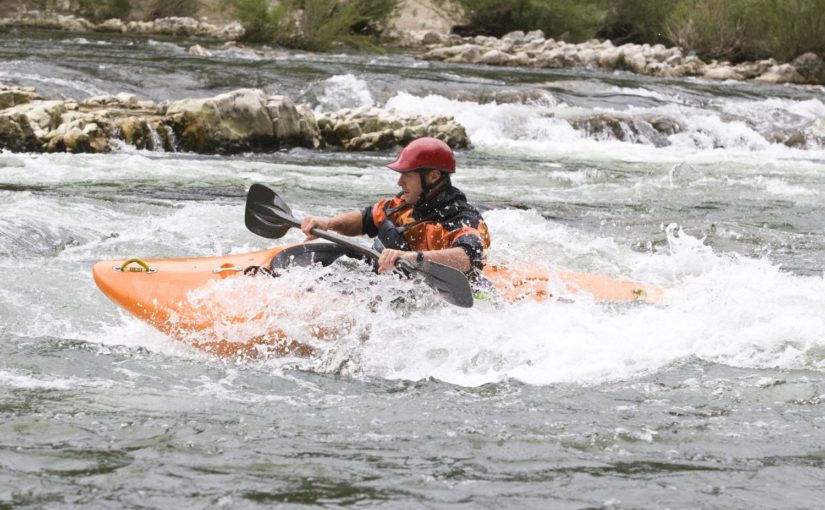The Definitive Guide to Kayak Safety for Beginners
Kayaking is one of the best adrenaline-filled activities you can enjoy in a group. However, before you get caught up in the thrill and excitement of meandering down the rapids, here are a few tips to stay safe and avoid getting carried away, literally!
5 Tips for Kayak Safety
First, let’s focus on the measures you need to take before and during your kayaking adventure. Here are 5 tips for quick reference to keep you safe.
- Check You Prerequisites: Weather, Water, and Gear
Before you set out for the trip, make sure to check with your local weather department to see what kind of weather you will be having on the day planned. Time your ride according to the tide so that it is easier to paddle your way along. Avoid days that can turn stormy or rough. It helps to have two/three potential dates for planning the trip.
The next important thing is to check whether you have all the gear required. We shall see what kind of gear is a must-have for kayaking later, but suffice to say that all of it should be well-maintained and reliable.
- Add a Few Essentials
Apart from your basic safety requirement, add a few essential items like sunblock, packaged drinking water, and some dry food. A map of the geography you are planning to explore also helps. Keep yourself updated about the terrain and navigate accordingly to avoid hazards.
- Study the Navigation Rules
Since you might not be the only people out for a pleasure ride, make sure to understand all navigation rules thoroughly and follow them to the dot. Rules help save lives on land and water and it is important to ensure that you know your directions and your paddles from your sponsons. Also, ensure that you paddle in a group and not drift out alone.
- Keep in Touch with Local Authorities
Take a moment to talk to the local authorities in the region, who are supervising the water body, and inform them about your tentative plan. Include the points of entry and exit and keep in touch with an on-shore guide in case of emergencies.
- Be Prepared with First Aid
In the event that you do have an accident, have a first-aid kit and your first-aid training handy for immediate action. Stay calm and analyse the situation completely before you arrive at a conclusion. In case you are a complete novice, you always can take a basic first-aid course online.
Must-Have Kayaking Safety and Rescue Gear
Your gear is by far the most important equipment responsible for your safety. It is necessary to ensure that all gear you purchase or rent is in working condition and can be used with ease. As beginners, it can be difficult to identify which gear is mandatory and which is supplementary. Here is a short list to help you out.
- Personal Flotation Devices
 Personal Flotation Devices
Personal Flotation Devices
Personal flotation devices, or lifejackets, are the principal safety gear you need to have while kayaking. Many water and sport authorities have made it mandatory for kayaks and canoes to have the required number of lifejackets for the people aboard, which are to be worn at all times while paddling.
- Helmets
 Helmet
Helmet
Helmets are essential safety equipment that protects the head from being damaged in case of accident or injury due to falling overboard. Hard helmets worn by kayakers fasten under the chin and are generally bright in colour to make it easy to spot a person from a distance.
- Radios
 Radios
Radios
Two-way radios are used to keep in touch with on-shore authorities or activity co-ordinators. Additionally, regular radios are useful to stay updated about the changing weather patterns and modify the plan accordingly. In areas where sudden changes of weather are common, waterproof radios can be extremely useful.
- Distress Signals
 Distress Signals
Distress Signals
In the event of an emergency, distress signals are used to let people know the location of the kayak and the paddlers. These are generally sound/light signals that can be seen over a long distance and used when simple sound signals are insufficient.
These are the basic safety measures and equipment you require while setting out on a kayaking expedition.
Kayak safety is heavily dependent on quality equipment and regular kayak maintenance. Ship and ship supplies manufacturers in India, like SHM Shipcare, provide exemplary boat-repair services and quality safety equipment to ensure that your trip is safe and full of enjoyment.



